Animation has transformed tremendously since its early days, and the female characters within it have grown just as much. Gone are the days when women were simply damsels in distress. Today’s animated heroines are bold, complex, and inspiring. This journey of female representation isn’t just about cartoons; it mirrors our changing society and the powerful stories we want to tell.
Why does female representation in animation matter? Because these characters shape how young viewers see the world and themselves. They influence ideas about strength, courage, and identity. When animation shows girls and women as leaders, adventurers, and role models, it sends a message that anything is possible. And that message can spark real change.
In this article, we’ll take you on a fascinating journey from the 1920s to the present, uncovering the evolution of female characters. We’ll dive into the stereotypes that once held them back, the breakthroughs that changed the game, and the challenges that still lie ahead. Stick around to discover how these characters continue to inspire and empower generations, and why their stories matter now more than ever.
Early Illustrations Of Female Characters
Let’s go back to the early 90s when evolution actually started to begin, where female characters in animation started to lead the animated industry.
1920s-1950s: The Damsel In Distress
In the early days of animation, female characters often fell into the “The Damsel In Distress” trope. These characters were typically portrayed as helpless, naive, and needing rescue by male heroes. Two iconic examples from this era are Betty Boop and Snow White.
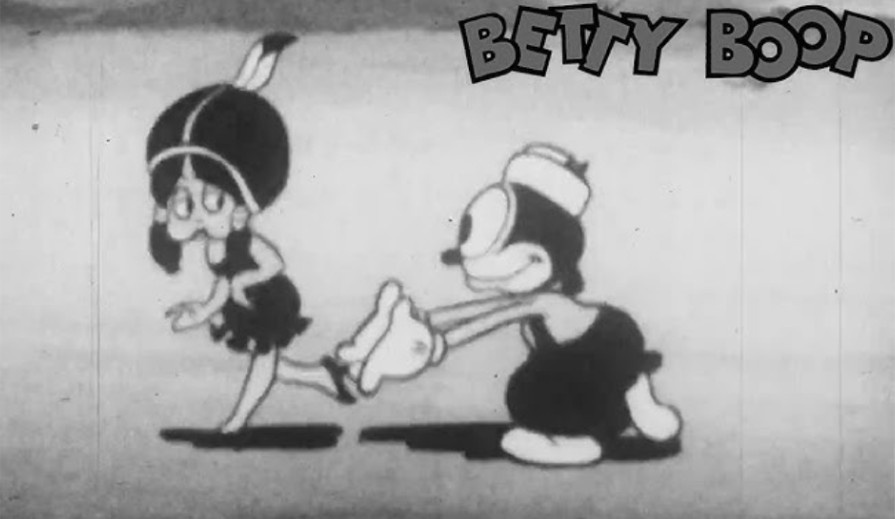
Betty Boop, created in the 1930s, was one of the first female cartoon characters to gain widespread popularity. Her high-pitched voice, large eyes, and exaggerated feminine features became a template for many female characters.
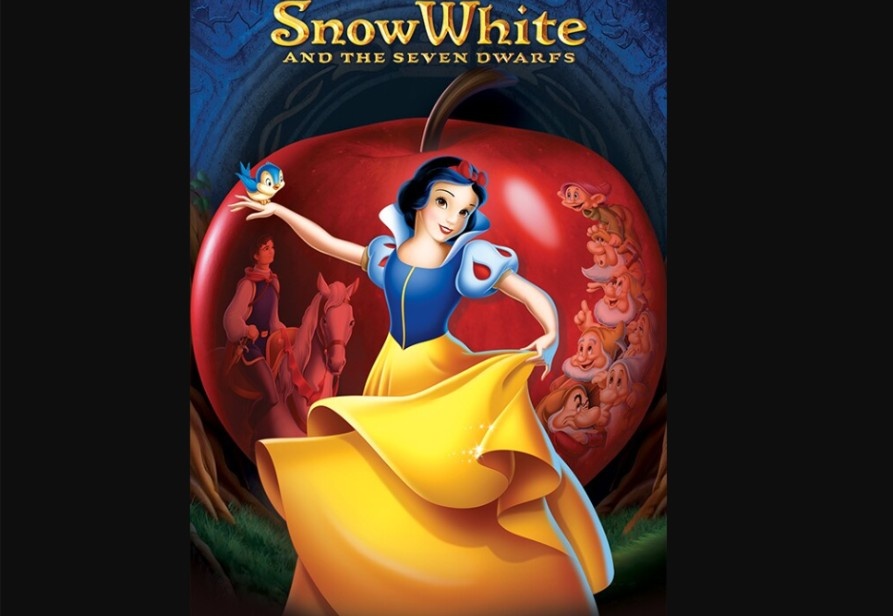
Disney’s 1937 animation, Snow White, portrays an innocent and gentle princess. While she shows kindness and a nurturing nature, her story revolves around being rescued by a prince.
However, these early female characters were often one-dimensional, defined by their looks and their relationships with male characters.
For a deeper look at how animation has evolved commercially and culturally, check out the highest-grossing animated movies of all time, many of which feature strong and memorable characters.
1960s-1970s: The Sidekick And Love Interest
As animation evolved, female characters took on more varied roles but were still largely secondary to male animated characters. Characters like Daphne Blake from Scooby-Doo and Wilma Flintstone from The Flintstones are prime examples of this era.
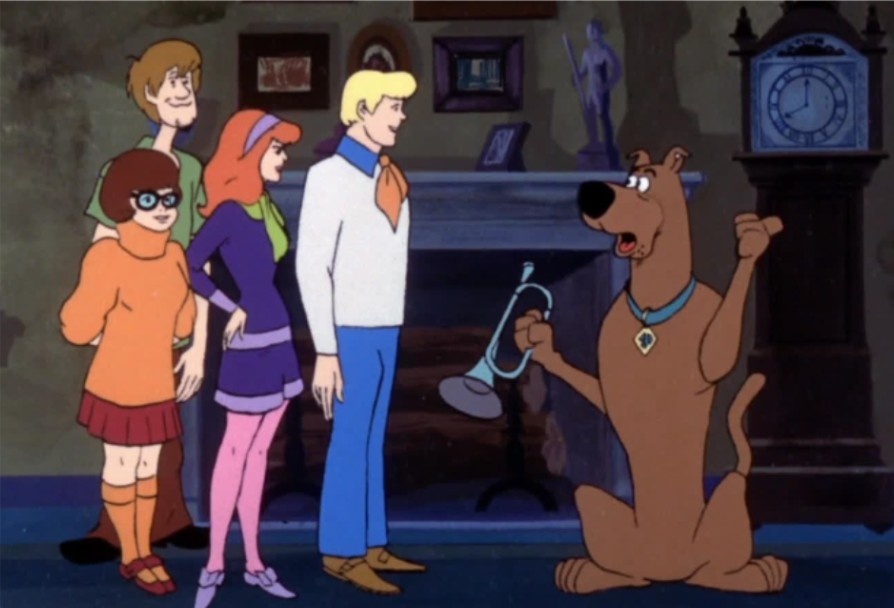
Daphne Blake was often portrayed as a pretty, fashion-obsessed woman who frequently needed rescuing. At the same time, Velma Dinkley was portrayed as the brains of the gang, balancing the roles of female characters in the show. However, her character didn’t contribute much to solving mysteries about showing women’s capabilities.
While Wilma Flintstone from The Flintstones movie was portrayed as more capable, as her role defined her as a housewife and mother.
She often showed more common sense than her husband, Fred; her world revolved around domestic duties and managing Fred’s antics. The female characters in this era developed, but they often showed that they needed the support of male characters rather than having their own goals and storylines.
Breaking Stereotypes
In the 1980s, people started showing the leading female characters in animation, who were powerful and self-dependent. The stereotype of only male characters can lead shows and movies began breaking in the early 1980s.
1980s-1990s: The Dawn Of Strong Female Leads
In the 1980s and 1990s, animation saw a shift towards stronger, more independent female characters. This change was influenced by the feminist movements of the time and a growing awareness of the need for better representation.
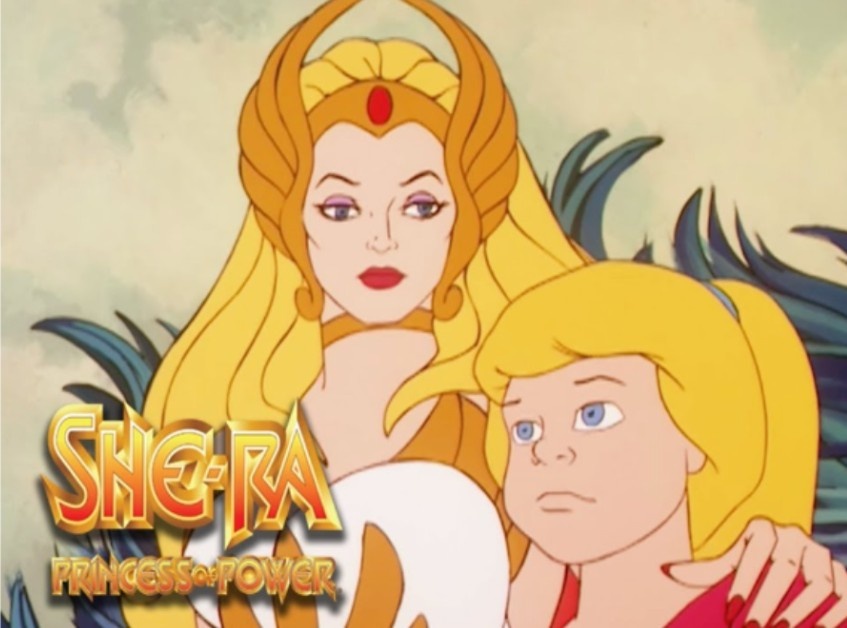
Introduced in 1985, She-Ra was one of the first animated female superheroes to have her own show. As the lead character, she was powerful, courageous, and controlling her destiny.

In 1992, Disney’s Aladdin introduced Princess Jasmine, who, while still a princess, showed more independence than her predecessors. Jasmine actively rebelled against traditions that limited her freedom and chose her path in life. She was outspoken and intelligent and refused to be a prize to be won.
These characters marked the beginning of a new era in animation, during which female characters broke free from traditional stereotypes and took more central roles.
Relive the magic of animated classics and modern favorites with this handpicked list of the best Disney movies for all ages.
2000s: Diverse And Complex Characters
The 2000s brought even more diverse and complex female characters to animation. Characters like Mulan and Kim Possible pushed boundaries and challenged gender norms in new ways.
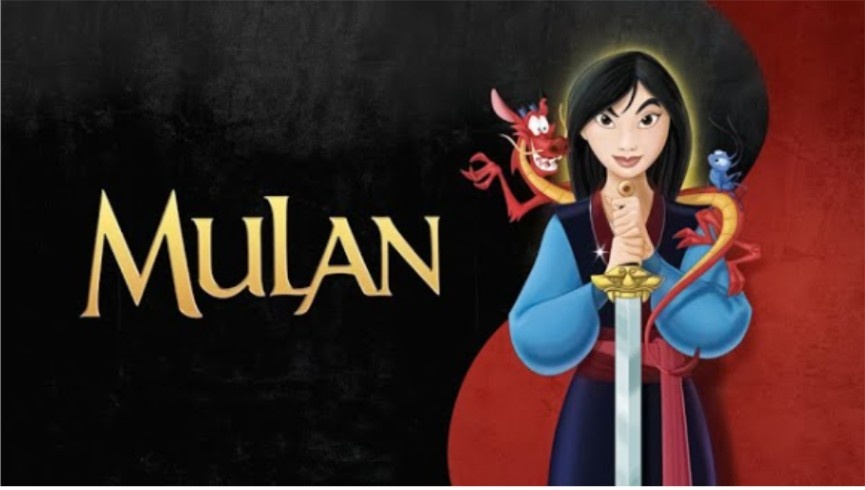
Mulan, the 1998 Disney film that impacted in the 2000s, was groundbreaking. She was a warrior who saved China, proving that a woman could be just as capable as any man. Mulan’s story wasn’t about finding romance but finding her place in the world and proving her worth.
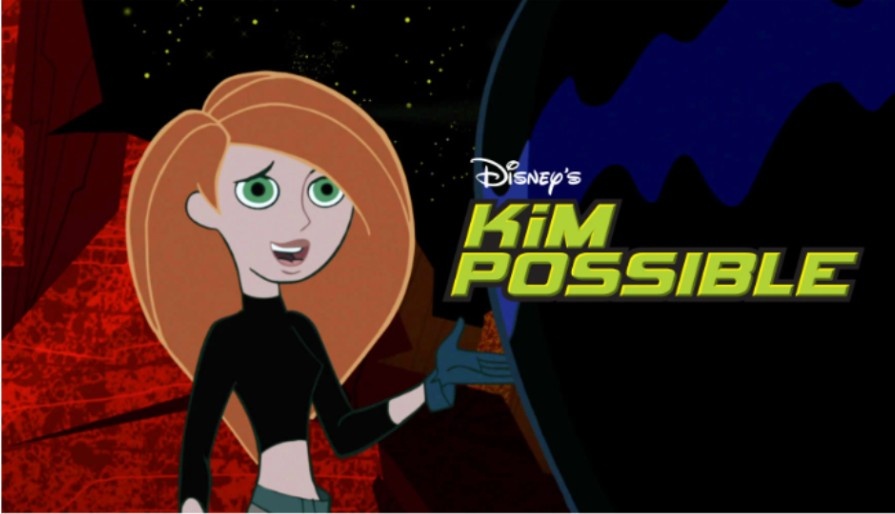
Kim Possible, a character in the Disney Channel series from 2002 to 2007, was a high school student by day and a world-saving secret agent by night. Kim was smart, athletic, and confident. She led her own missions and often saved her male sidekick.
These female characters had flaws, faced real challenges, and grew as individuals throughout their stories. This complexity made them more relatable and inspiring to audiences.
Modern Era: Empowerment and Diversity
The evolution peaked in 2010 when female characters were diverse, strong, and empowered. From 2010 to the present, female characters in animation have transformed the animated industry, leading to a change in society’s thinking.
2010s-Present: Redefining Female Characters
The 2010s and beyond have seen a continued evolution in the portrayal of female characters in animation. There’s been a strong emphasis on independence, strength, and diversity, with characters like Elsa from Frozen, Moana, and Merida from Brave leading the charge.
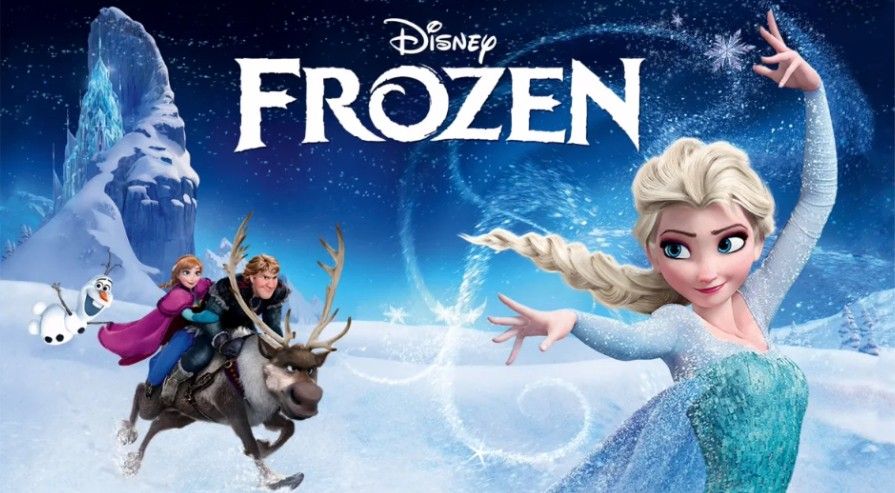
Elsa from Frozen (2013) represented a significant departure from the traditional Disney princess. Her story wasn’t about finding love but about self-acceptance and sisterhood. Her journey was to embrace her powers and overcome her fears, which related to audiences worldwide.
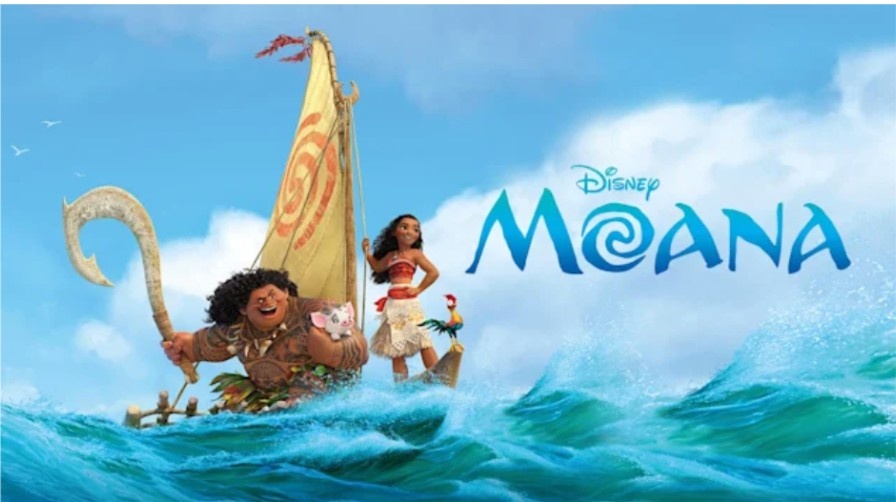
Moana (2016) brought much-needed cultural diversity to mainstream animation. She was brave, determined, and deeply connected to her culture and the ocean. Her story described her journey of self-discovery and her mission to save her people.
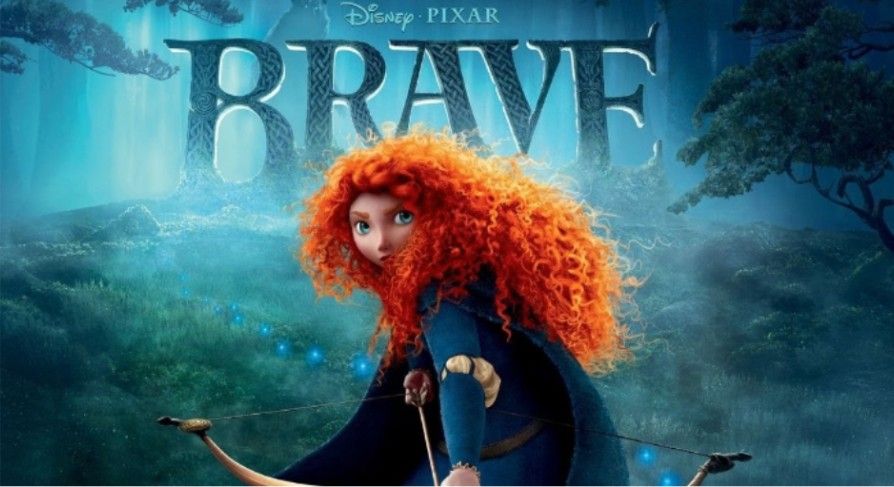
Merida from Brave (2012) challenged traditional notions of what a princess should be. She was independent and refused to conform to societal expectations. Merida’s story centered on her relationship with her mother and her desire to forge her own path rather than find a prince.
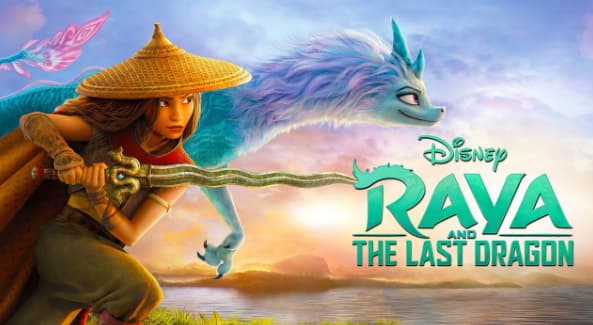
Raya from Raya and the Last Dragon (2021)
Raya is a warrior princess who embarks on a quest to save her divided kingdom. Her story highlights themes of trust, unity, and resilience, portraying a female lead who is both fierce and compassionate. The film also embraces Southeast Asian culture, further broadening representation.
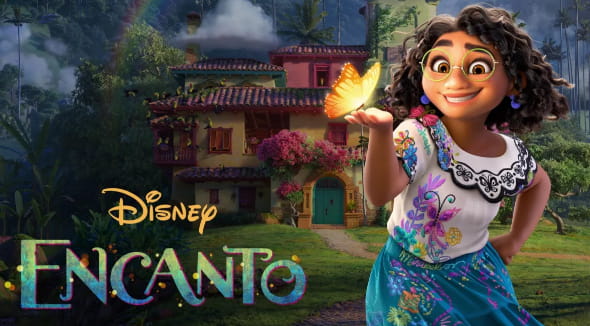
Mirabel from Encanto (2021)
Mirabel is unique among Disney protagonists because she does not have magical powers like the rest of her family. Her story focuses on belonging, family dynamics, and finding strength in being different, offering a fresh, relatable narrative about self-worth.
These modern characters show a range of personalities, body types, and cultural backgrounds. These female animation characters go beyond finding romance. This revolutionary shift reflects a growing understanding of the need for diverse representation in media.
Impact Of Female Creators
The increasing presence of women in key creative roles has significantly influenced the evolution of female characters in animation. Female animators, writers, and directors bring their own experiences and perspectives to their work, often producing more authentic female characters.
Jennifer Lee, who co-directed Frozen and became the first woman to direct a Disney animated feature. Her work on Frozen and its sequel has given us sisters Elsa and Anna, who defy traditional princess stereotypes.
Brenda Chapman, the original director of Brave, drew inspiration from her relationship with her daughter to create Merida. Her vision for a strong-willed, independent princess remained core to the film even after shifting from director to producer.
Not only this, but female writers, directors, and producers have made a large contribution to enhancing female characters in animation. They also serve as role models for aspiring female animators and filmmakers.
The Barbie Movies
The evolution of Barbie as a character in animated films offers an interesting representation of women in animation. Barbie, often criticized for promoting unrealistic beauty standards, has significantly changed her animated appearance.
Early Barbie movies like Barbie in the Nutcracker (2001) and Barbie as Rapunzel (2002) still largely portrayed Barbie as a princess-like figure compared to traditional fairy tale heroines. These movies often focused on romance and magical transformations.
However, later films like Barbie: Princess Charm School (2011) began to incorporate more diverse characters and themes of female empowerment. These movies started to emphasize friendship, education, and personal growth.
More recent Barbie series, such as Barbie: Dreamhouse Adventures (2018-2020), portray Barbie as a more relatable character with various interests and career aspirations. This evolution largely impacts young audiences with changing societal expectations and growing awareness. You can learn and explore more about all the Barbie Movies by visiting the site given.
Cultural And Social Impact
The evolution of female characters in animation has profoundly affected society. This section explores the positive impacts and ongoing challenges in representation.
- Representation and Role Models
Modern animated female characters significantly impact young audiences, serving as role models of strength and capability. Moana, Elsa, and Merida demonstrate it’s okay to be different and challenge expectations. Increased diversity allows more children and women to see themselves represented, boosting self-esteem and expanding ideas of achievement.
- Challenges and Criticisms
Despite progress, improvements in women’s representation in animation are still needed. Debates continue about female characters’ physical appearance, including color, body type, and dress. Many animated women still conform to conventional beauty standards. Women of color, LGBTQ+ women, and women with disabilities remain underrepresented in mainstream animation.
These ongoing discussions highlight the importance of continued progress and the need for even more diverse voices in animation creation.
Future Trends Of Animated Female Characters
In this section, let’s see the future trends of animated female characters;
- Female characters will increasingly take on leadership roles and positions of authority in animated movies and series.
- We’ll see more characters embodying multiple underrepresented identities.
- Storylines will focus more on female friendships, mentorship, and professional achievements rather than romantic relationships.
- Animated series and films will feature more female characters, inspiring young viewers to pursue these areas.
- There will be a rise in female characters who challenge traditional gender norms and expectations in both appearance and behavior.
Also Checkout:
Conclusion: The Evolving Legacy of Female Characters in Animation
The evolution of female characters in animation mirrors the changing roles of women in society. From silent sidekicks to bold protagonists, these characters now reflect strength, complexity, and cultural diversity. This shift has been fueled by more inclusive storytelling, a growing number of women in creative leadership, and increasing audience demand for representation.
While challenges still remain, like the need for more behind-the-scenes diversity, the progress made is undeniable. With global platforms expanding and voices from all backgrounds being heard, the future of female characters in animation is bright. They will continue to challenge norms, inspire audiences, and lead the way forward in storytelling.
FAQs
The representation of female characters in animation is important because it shapes young minds, influences societal norms, and reflects cultural values. Good representation can inspire and empower viewers, especially young girls and women.
Female creators have brought new perspectives, resulting in more authentic and nuanced female characters.
From the early 1920s to the 1950s, famous female characters like Betty Boop and Snow White were among the earliest popular female characters in animation.
Barbie movies have shifted from focusing on romance and transformation to emphasizing friendship, education, and personal growth.
The role of technology will greatly impact future female characters in animation. Advancements like CGI, VR, and AR could lead to more diverse character designs and new ways of storytelling.